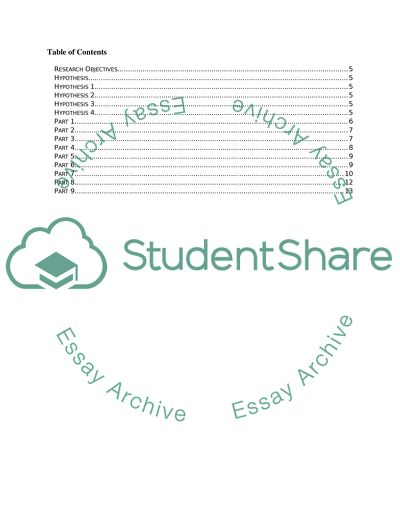Cite this document
(How Users Choose a Mobile Provider and Mobile Services Research Paper, n.d.)
How Users Choose a Mobile Provider and Mobile Services Research Paper. Retrieved from https://studentshare.org/sociology/1737524-research-report
How Users Choose a Mobile Provider and Mobile Services Research Paper. Retrieved from https://studentshare.org/sociology/1737524-research-report
(How Users Choose a Mobile Provider and Mobile Services Research Paper)
How Users Choose a Mobile Provider and Mobile Services Research Paper. https://studentshare.org/sociology/1737524-research-report.
How Users Choose a Mobile Provider and Mobile Services Research Paper. https://studentshare.org/sociology/1737524-research-report.
“How Users Choose a Mobile Provider and Mobile Services Research Paper”, n.d. https://studentshare.org/sociology/1737524-research-report.


